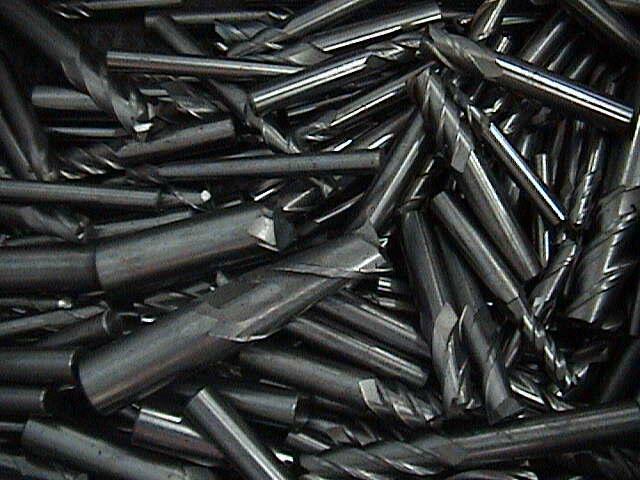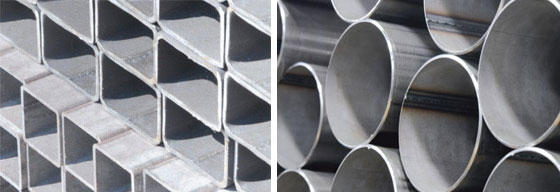1. High Speed Steel (HSS or HS) is a subset of tool steels, commonly used in tool bits and cutting tools.
HSS steel is often used in power-saw blades and drill bits. It is superior to the older high-carbon steel tools used extensively through the 1940s in that it can withstand higher temperatures without losing its temper (hardness). This property allows High Speed Steel to cut faster than high carbon steel, hence the name high-speed steel. At room temperature, in their generally recommended heat treatment, High speed steel grades generally display high hardness (above HRC60) and abrasion resistance (generally linked to tungsten and vanadium content often used in HSS) compared with common carbon and tool steels.

A sample of alloying compositions of common high speed steel
| Grade | C | Cr | Mo | W | V | Co | Mn | Si |
| T1 | 0.65–0.80 | 4 | – | 18 | 1 | – | 0.1–0.4 | 0.2–0.4 |
| M2 | 0.95 | 4 | 5 | 6 | 2 | – | – | – |
| M7 | 1 | 4 | 8.75 | 1.75 | 2 | – | – | – |
| M36 | 0.94 | 4 | 5 | 6 | 2 | 8 | – | – |
| M42 | 1.1 | 3.75 | 9.5 | 1.5 | 1.15 | 8 | – | – |
2. The second meaning is HSS-hollow structural section, which is a type of metal profile with a hollow tubular cross section. The term is used predominantly in USA, or other countries which follow US construction or engineering terminology.

HSS members can be circular, square, or rectangular sections, although other shapes are available, such as elliptical. Hollow structural section is only composed of structural steel per code.
HSS is sometimes mistakenly referenced as hollow structural steel. Rectangular and square HSS are also commonly called tube steel or structural tubing. Circular hollow structural section are sometimes mistakenly called steel pipe though true steel pipe is actually dimensioned and classed differently from HSS. (hollow section dimensions are based on exterior dimensions of the profile, while pipes are essentially dimensioned based on interior diameters, as needed to calculate areas for flow of liquids.) The corners of HSS are heavily rounded, having a radius which is approximately twice the wall thickness. The wall thickness is uniform around the section.

Leave A Comment